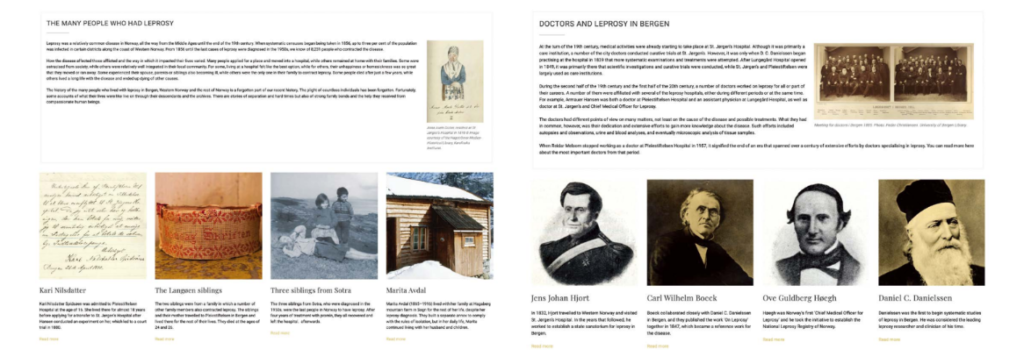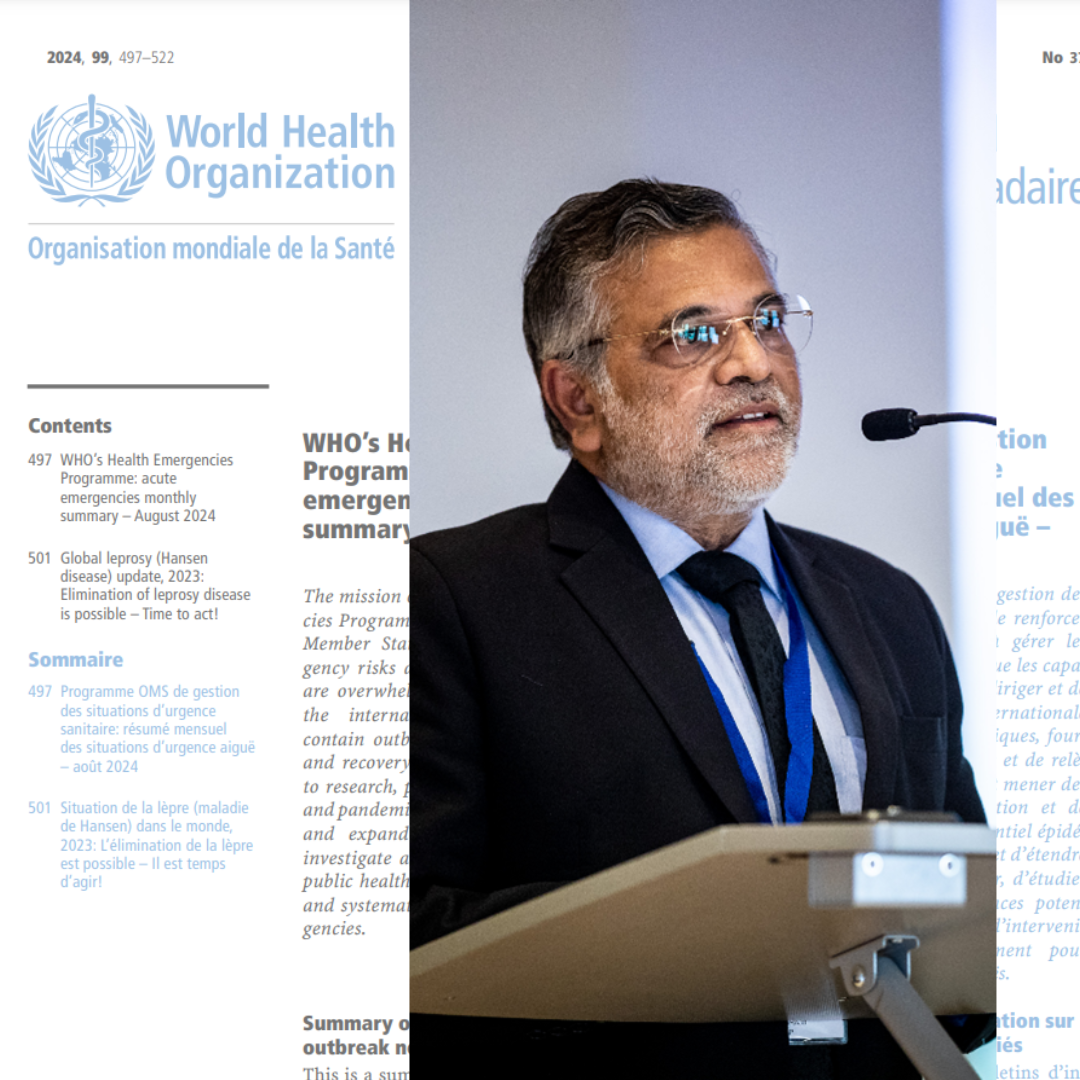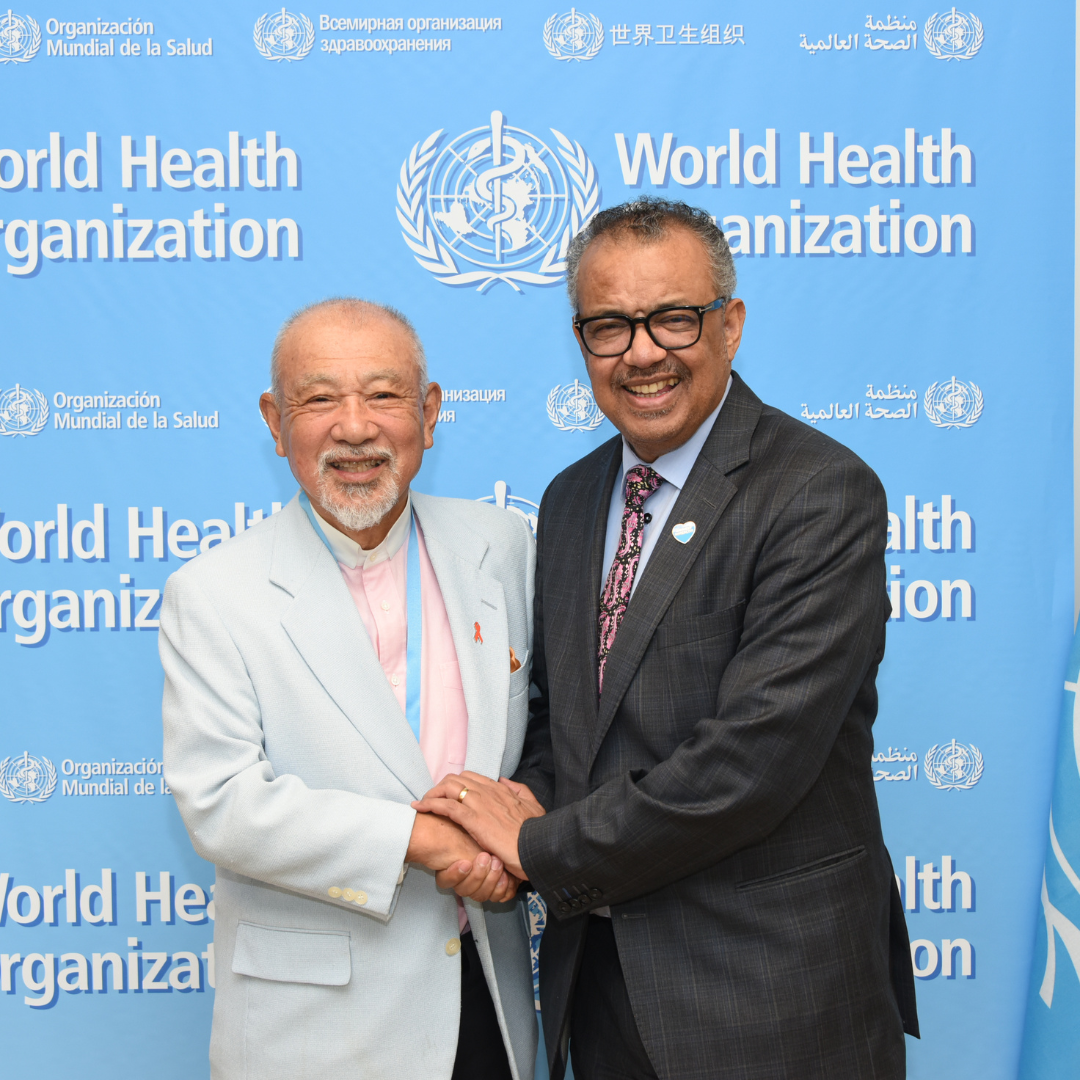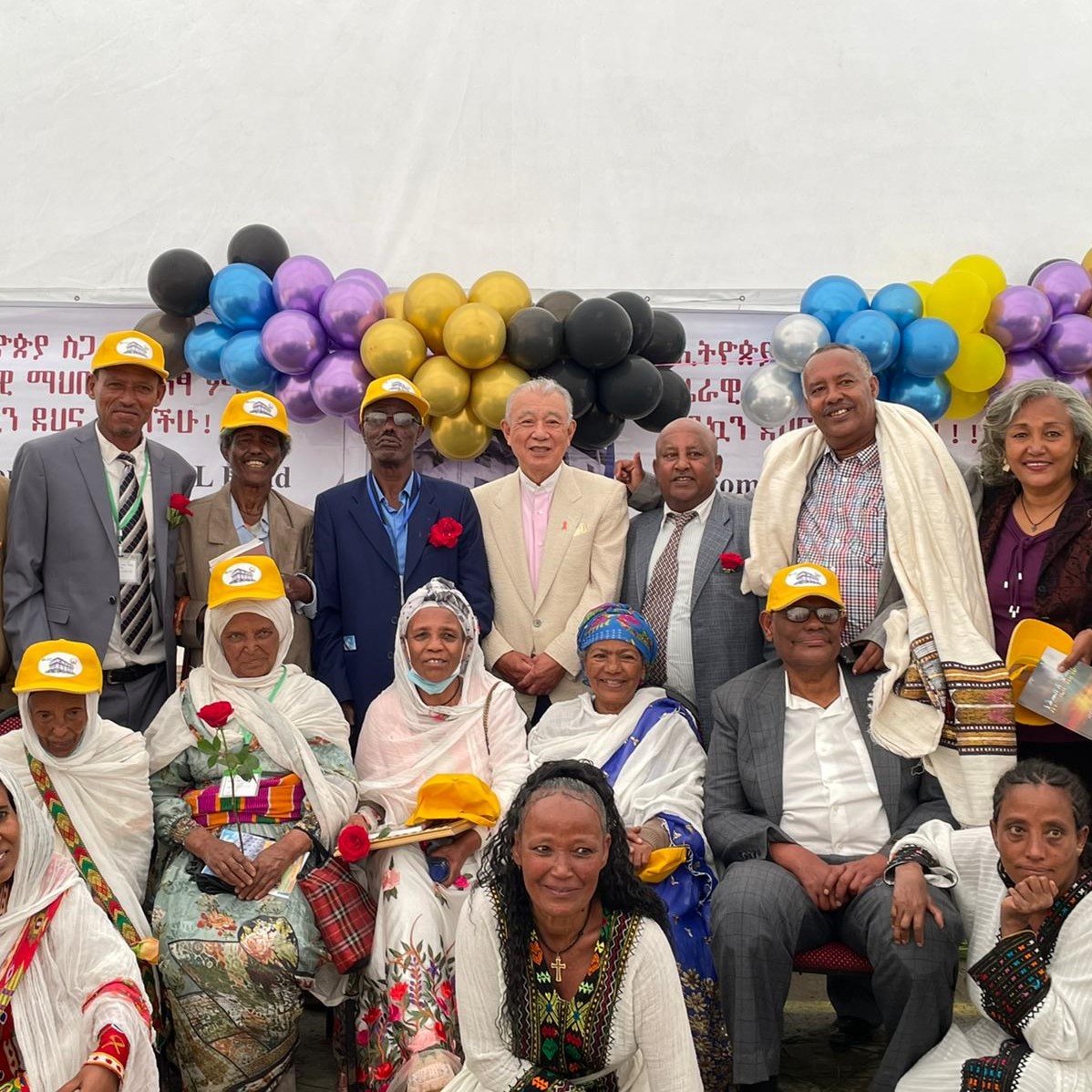In the global history of leprosy, Norway’s second largest city, Bergen, is best known for being the place where Dr. Gerhard Armauer Hansen discovered the bacillus Mycobacterium leprae in 1873. The city is also the setting for the largest concentration of leprosy patients in Europe during the latter half of the nineteenth century. In the 21st century, many have forgotten how the disease affected the people of western Norway and shaped Bergen into a hub for leprosy-related research and public health innovation. A new website by Bergen City Museum (Bymuseet i Bergen), supported by the Sasakawa Health Foundation, aims to make the full history of Bergen’s experience with leprosy accessible online.
Launched in 2023 along with a number of events marking the 150th anniversary of Dr. Hansen’s discovery, the comprehensive website shares “Bergen’s Leprosy Heritage” through photographs, written descriptions, video interviews, and interactive 3D models of buildings and exhibits. Content in Norwegian still exceeds content in English, but translation is underway, and the final version of the website will be fully bilingual.
People familiar with Bergen may note that the city already has a physical museum for leprosy heritage based in the preserved buildings of St. Jørgen’s Hospital. With regular opening hours only during the summer months and 300-year-old buildings without universal accessibility, The Leprosy Museum (Lepramuseet) can be challenging to visit in person. The new website offers a way to tour the former hospital and explore exhibits virtually.
The website also introduces visitors to the Leprosy Archives of Bergen, which include materials from the city’s three leprosy hospitals – St. Jørgen’s, Pleiestiftelsen, and Lungegård – as well as documents kept by the Chief Medical Officer for Leprosy. High resolution images of selected materials along with descriptive text help visitors to understand why these archives are considered heritage of humanity and registered with UNESCO’s Memory of the World Program.
Bergen’s experience with leprosy shows the value of a scientific approach to disease while also calling attention to the need to consider effects on social relations and individual human dignity. Bergen City Museum offers the new website with respect for persons affected by leprosy and their family members and with the hope that the story of leprosy in Bergen will help to dispel myths about the disease that still affect people living today.
Visit Bergen’s Leprosy Heritage website.










